
It’s a rainy day in Shenzhen, the southern China city that’s nearest to Hong Kong and has become one of the manufacturing capitals of the modern world. I’m in China along with a couple of other journalists to visit Oppo’s offices in the Guangdong area of Shenzhen, followed by a tour their manufacturing facilities in the Dongguan area. Those venues are a decent hour or so apart, with Dongguan a favoured area for manufacturing facilities. We’re also scheduled to visit Beijing later in the week for a press conference – a flight that’s a little under 3 hours.
Shenzhen dwarfs any Australian cities in size, with a population of some 10 million people, and it’s been designated a “Special Economic Zone” by China since the 1980’s – that makes it an experimental ground in which market capitalism can flourish while still existing under Chinese rule.
You wouldn’t know it from Oppo’s nascent Australian operations, but the company has developed into quite the well-known mobile powerhouse in its home country. There are some 3,000 Oppo stores throughout China, and around 100,000 other points of sale where you could buy an Oppo product. Contrast this with around 280 Dick Smith locations throughout Australia, 80 Allphones stores and 8 Centrecom retail outlets, and you start to get an idea of the scale of their Chinese operations.
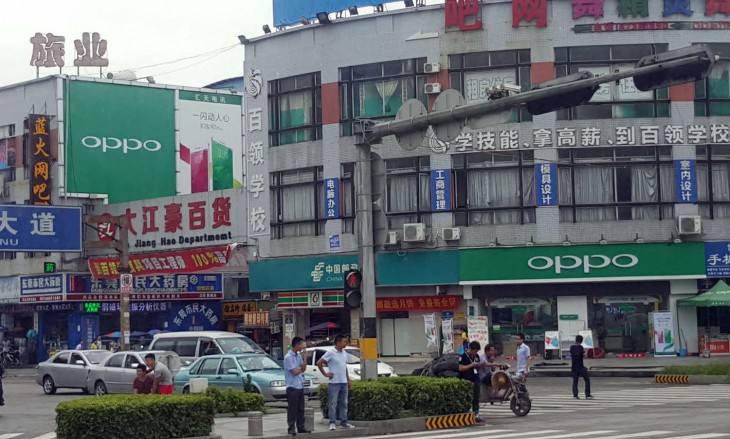
The company has only recently started to move beyond their domestic Chinese market, and is doing so strategically with partnerships and sponsorships carrying their brand and message. A number of TV programs around south-east Asia (like local versions of The Voice) and abroad (America’s Next Top Model) carry their branding and more recently of course, their 3 year partnership with FC Barcelona will put Oppo’s brand in front of millions globally.
The sheer scale of the Chinese market – and China in general – is something that’s difficult to appreciate until directly confronted with it. Beijing is a single city that can fit the entire Australian population within it. Shenzhen is a little over half that size, and growing rapidly. Despite the news that China is actually suffering an economic downturn, there’s lots of construction happening – cranes on top of existing buildings, scaffolding coming down from brand new ones and phone numbers painted six storeys high canvassing for tenants driving past.
China is an amazing place, with massive buildings lining streets that go on for miles and a population that fills sidewalks and sometimes even makes its own street crossings where they don’t already exist. While there’s a noticeable split between the haves and the have-nots, and an obvious difference in construction and upkeep between the younger Shenzhen and older Beijing, there’s potential consumers everywhere, and they’re all hungry for the next piece of technology.
It’s no surprise to hear of companies trying to break into this market – even a modest success means millions of unit sales. Chinese consumers also seem willing to put their money behind a local, home-grown company instead of an overseas one. Global powerhouses are global powerhouses, but for all their overseas success, Apple and Samsung don’t dominate the local market as much as you’d expect. Oppo is a well-known and well-regarded name here, and it’s not uncommon to see their devices in consumers’ hands on the street or set aside on the desk while clerks process your purchases at retail stores.
Shenzhen chic
Oppo’s offices are spread over 4 floors in a modern building in Guandong. Those four floors include a gym and a cafeteria, although we’re told that building regulations prohibit cooking food, so it’s all brought in. The work areas are spacious and modern open plan areas with rows of staff at their desks, going about their business.
There’s some fantastic views of the Shenzhen surrounds, and if you look out in the right direction you can see Hong Kong off in the distance – both reminders of the booming economy and market into which Oppo is selling its devices.
The company is 10 years old – or young, if you prefer – and has a focus on mobile phones and Blu-ray players, the latter of which was the company’s original focus, and also explains why we see Oppo’s logo on some high-end home theatre equipment stores in Australia. Today’s focus though, obviously, is the mobile phone business. Given the similarity to the green colour of Oppo’s branding and angular lines that flow around the office, it looks like the space was custom built – or at least fitted-out – for the company. There are of course pretty standard meeting rooms and a large board room, which is where we’ve found ourselves for today’s interview.
Our hosts – Oppo’s Andy Shi (PR / Brand Manager for Australia) and Charles Tan (PR and Marketing Manager) – have arranged a group interview with some of Oppo’s staff in the office: designers, photography experts, and product managers. We’re lined up on opposite sides of the table in a large meeting room, while a couple of PR representatives hang back behind the staff. Introductions are made quickly, and we’re underway – the floor is open and the only thing off the table for discussion – as I quickly found out – is anything specifics on Oppo’s future products. That’s fair enough – if I were in their position I probably wouldn’t tell me either.

Design and the R series
Oppo is very proud of their current R7 and R7 Plus range, an evolution from last year’s super thin R5 device. While the R7’s are a little thicker, the design concepts remain the same. With the introduction of the R7 Plus in Australia this month, it seems like a good time to discuss some of the physical changes that the company has made in the Plus model. The big change is the move to on-screen software navigation buttons – a first for an Oppo phone – and the huge 4,100mAh battery packed within the phone. Oppo’s also proud of the camera technology packed into the R7 Plus – a 13MP f/2.2 Sony Exmor sensor.
The R series phones also come along with a fairly common criticism – they look like iPhones, at least from the front.
Ann Li, Oppo’s Chief Designer, says that the company always strives for “ultimate beauty” in its hardware design, and concedes that at first glance the R series devices may well look like an iPhone, but once in the hand the differences become apparent. “There are some forms you need to follow to meet users’ demands” she says, and this is certainly correct – this goes to the “black rectangle with rounded edges” argument that is often heard in response to such claims.
Ultimately, whether a phone looks like another isn’t really that relevant unless you want to nitpick a company’s design chops. Oppo has several series of phones, and they have unique designs – the R series is but one of them and the Li is keen to make it known that there are design stories behind every one of their phones – components, materials and details – from the Find series through to the more photography-focused N series and the Neos.
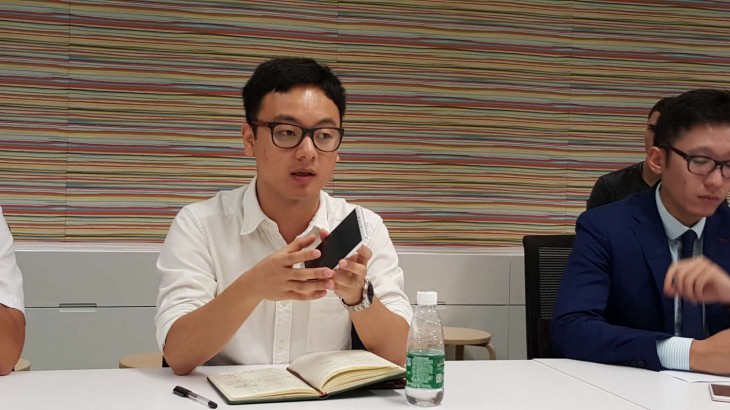
Software Navigation
On the change to on-screen software navigation buttons, the question is asked about when they’ll finally ditch the menu button (which is still there, even in software). It’s persisted on Oppo devices far longer than it should have, and everyone assembled for the interview wants to know why – Google’s phased out usage of the button and recommended against it, and even Samsung made the move to switch it to the “Recent Apps” (or Multitasking) button last year, and I can’t think of an app I use day-to-day that actually uses it.
Oppo’s managers say they recognise that this change has taken hold in the western markets, but clarified that within the Chinese market – where access to Google services are restricted and so Android development tends not to adhere so closely to Google’s standards – there are still developers that make use of the menu button. We should expect to see a move away from this, and perhaps towards the introduction of some customisation options for the on-screen navigation buttons in the 2016 range.
Wearables
The discussion moves to smartwatches and fitness trackers. Oppo’s been rumoured to be working on a smartwatch for some time now. It’s also worth remembering that they actually do have a wearable device in their O-Band fitness tracker.
“What’s in the box?” I ask cheekily, gesturing to the black, squarish box on the table in front of me. There are some laughs from the Oppo side of the table, followed by some laughs from our side when it’s revealed to be a VOOC car charger.
There’s a larger discussion around wearables in the marketplace at the moment. Oppo sees the smartwatch market as quite a small one at the moment, and as a comparatively small company themselves, they don’t want to expand into it before the market matures.
Without necessarily confirming that a watch is coming, Oppo did confirm that the company has experimented with smartwatches in its internal research lab, but they’ve only gone to a concept stage. Maturity – both at the market and technology level – is important to Oppo. The company doesn’t like to test things on its customers and wants to make sure new technology is great before it launches.
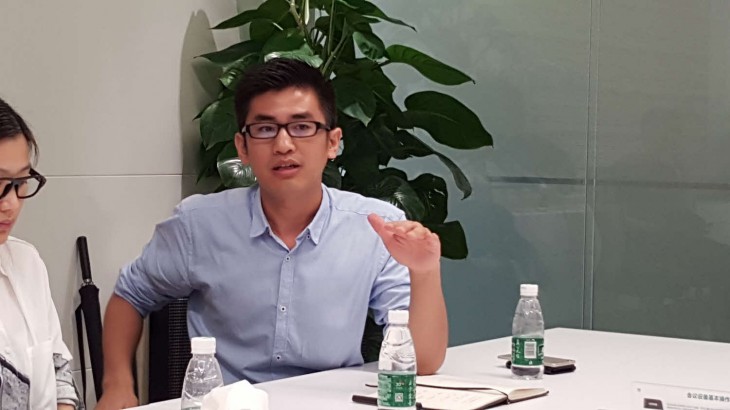
Color OS, updates and Google
Another criticism often levelled at Oppo’s devices centres around Color OS, Oppo’s name for its Android customisations. Color OS visually tends skew close to a Holo Light theme with light greys and green highlights bringing the company’s colours into the Android OS running the device.
As the western market moves towards a Material-inspired future, Color OS tends to look dated – a bit restrained and less colourful and vibrant. While the icons have been changed, the company does concede that that’s probably not enough to really freshen the look up for the current expectations. The question of whether Oppo might release a different OS in different markets is asked, but not really answered. It’s mulled that perhaps a Material theme might be introduced through the theming engine that’s available on the devices.
The interesting admission on this front is that the company isn’t actually very focused on the UI when it comes to Color OS, preferring to work more on behind-the-scenes optimisations like making the OS faster and making it use less memory. Color OS has a number of granular controls and permissions built in for allowing notifications to be received and for apps to run in the background that speaks to this obsession with optimisation.
Still, how a phone’s OS looks and feels is extremely important, and it’s conceded that there will be changes in the next version of the OS. It seems likely we’ll see that released with a new device.
On future Android developments, Oppo won’t make a commitment to a timeframe but says they’re not planning to lag far behind new versions of Android in Color OS but adding that they do feel a need to act responsibly on the update front and ensure that bleeding edge bugs don’t make it into their phones. This is a commitment they’re already living up to, with the R7 running the latest version of Android out of the box and multiple software updates released already to address Stagefright vulnerabilities and more. In a world where Oppo phones never used to see more than cursory updates, this is a welcome change.
Would Oppo consider using Cyanogen again? There’s a few giggles from the assembled journalists, aware of another prominent company located elsewhere in the building that has had a rather turbulent public relationship with the company. Xingwei Yuan, Oppo’s Product Director, offers a smile with a polite but direct answer: “Maybe not”.
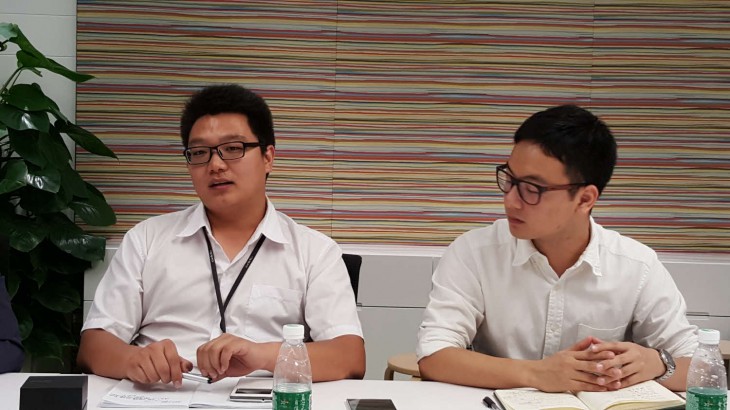
I asked about Oppo’s relationship with Google, and whether the company might make a Nexus device if tapped to do so. While all of our conversation was done through a translator, mention of the word “Nexus” triggers an instant response from Oppo’s staff with a few smiles and giggles – and a non-denial denial (“It’s hard to say what might happen in the future”). While it seems unlikely there’s a Nexus-themed discussion going on with the company at this stage, Oppo confirms that like most Android OEMs they have a close relationship with Google and they often co-operate and exchange ideas on the technology side of things.
VOOC
One of the technologies Oppo is most excited about is their rapid-charging VOOC technology. It’s one of the fastest battery charging technologies out there, and it’s not reliant on Qualcomm’s chipsets (as we learn later, VOOC is the result of 3 years’ product development and the company holds 18 patents over the technology). VOOC relies on a series of components – the AC charger, a slightly customised USB connection between the charger and the phone (there are extra pins for carrying the higher current), and the battery’s ability to take the additional charge.
The world is waking up to VOOC, it seems. The company has put a large effort into marketing the technology in China, and that’s has paid off – consumers are now “addicted” to VOOC charging and love that they can top up their phone up quickly without needing to think about their schedule and stay in one spot for a long time to get a decent boost into their phone.
The focus on VOOC does mean that Oppo doesn’t seem likely to go back to wireless charging any time soon though. While Qi wireless charging is a technology that’s increasingly popular in the western world, Oppo seems to want to leave it behind – it’s pointed out that Qi was offered on some products back in 2013, but fell out of favour with the company for concerns over charging speed and efficiency.
With a big emphasis on VOOC rapid charging technology, it seems this is likely to remain Oppo’s focus for a while in terms of battery charging. With such a high charging speed, it seems that’s a trade-off that’s worth making.
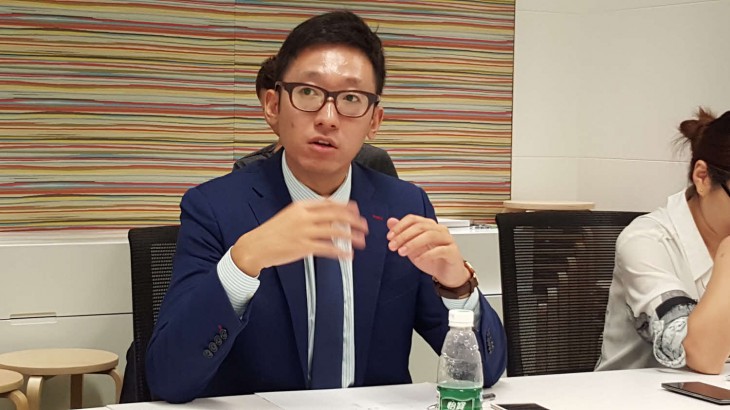
Crystal ball
Looking to the future, Oppo says it sees a growing emphasis on social media usage on smartphones in the immediate term. As Chinese social media networks mature and users start to use them more on their phones, “social photography” is becoming more and more important, and their Chinese marketing campaigns are drawing focus to this – users need to be able to trust their phones to take great shots without worrying about their settings and environment. Oppo’s happy that it’s already got a good reputation for photographic quality, and wants to drive this.
The company also sees screen sizes trending upward, but thinks it’ll remain in a particular “sweet spot” zone instead of continuing to the extremes of phones like the Galaxy Mega or Nexus 6. The R7 Plus is the largest phone Oppo’s ever released, and the company is keen to point out that with that larger screen must come a larger battery. They’re certainly nailed that, with my R7 Plus going a full day quite easily after coming off the charger at about 6.30am.
Oppo is also predicting a larger focus on security of mobile devices, though how the company intends to meet this need is left a little open. With a better program in place to keep pace with core Android OS releases though, there should be little for users to be concerned with on this front.
With the interviews concluded, we move off to lunch at one of the nearby restaurants, followed by a 1-hour trip to visit Oppo’s manufacturing facility in Dongguan where we’re given a look at the company’s surface mount facility and quality control processes.
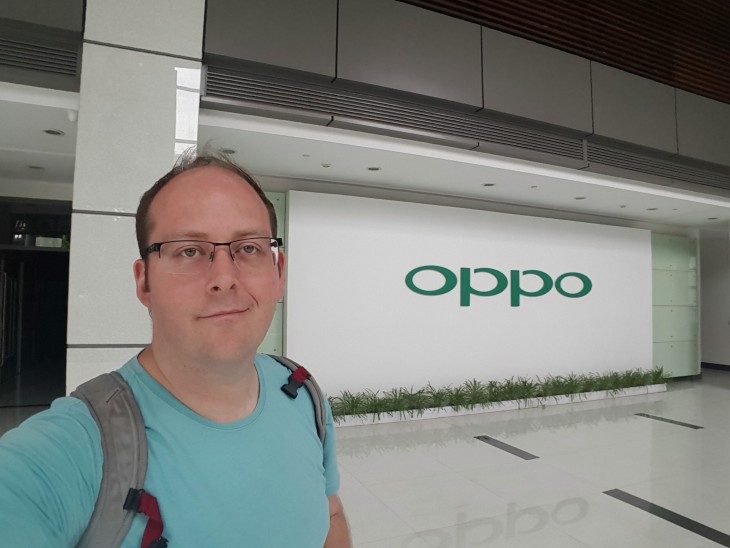
Jason travelled to China as a guest of Oppo for this series of articles.











I’m a massive fan of Oppo’s home theatre and hifi components, so I’ve always watched their Android offerings with interest.
My issues with their stuff is to do with the size of the phones and ColorOS. If they built a sub-5″ phone that I could put CM on, I’d be pretty tempted.
Still color os sucks, and I’m sure Android pay will not work with it…… Case closed
Was there any discussion about the Find 9?
If only the R7+ had more of a pure stock android experience I would of probably got one by now!
Well done on the trip. We love our Oppo R7+ handsets and look forward to seeing more.
>> Oppo also has its own gym within the office area
So from an employee work desk, you get to see your co-workers “working out” in sweaty lycra from across the room ?
imagine the stank permeating thru the room!